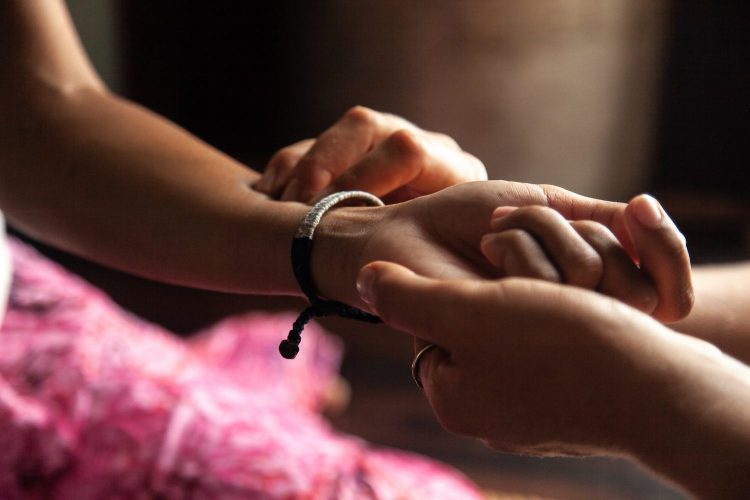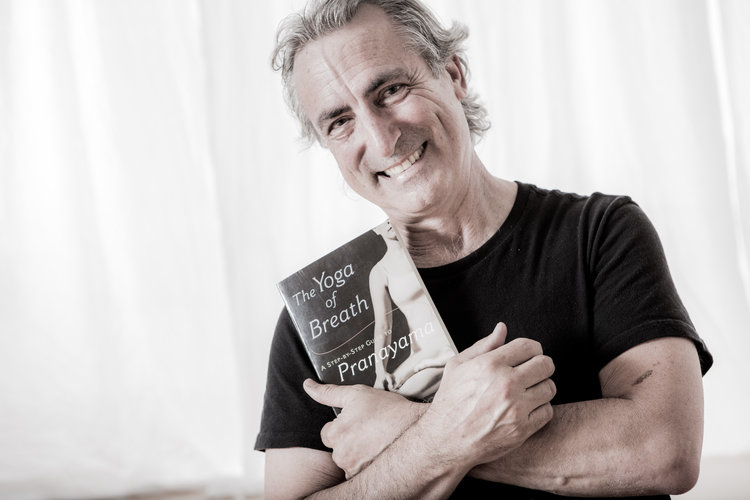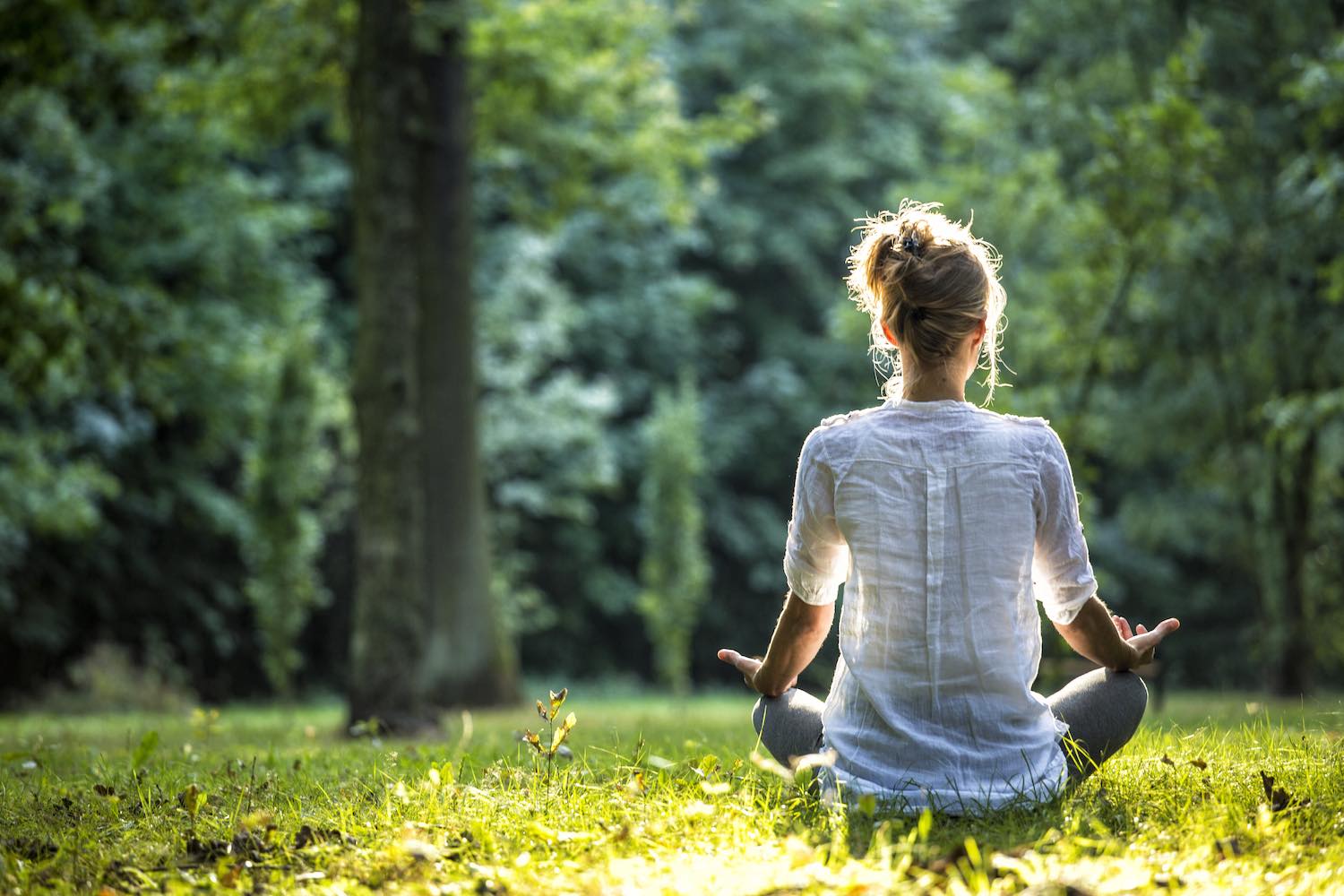We come to the yoga mat seeking all kinds of things: balance, exercise, stress relief, and more. What brought you to the mat the first time? What brings you to the mat today? When I first began practicing yoga, it was to heal low back pain. I was a 21-year-old athlete who noticed significant pain while skiing. I’ll admit that I’d been testing the limits of my body for years with dance, skiing, water sports, running, and mountain biking. I didn’t think that feeling older than my age with a painful back felt particularly beneficial or normal, though I had seen my active mom struggle with lower back pain for years to the point where the pain would limit her activities.

In the early 2000s, I started skipping ski mornings for a yoga class twice a week. In about three months, I felt more ease in my body than I’d know up to that point. Back pain brought me to yoga, which was a catalyst into a holistic lifestyle. A few years later, I brought the sister science of yoga, Ayurveda, into my practice. These days, my yoga practice is catered to my personal constitution via the holistic lens of Ayurveda, which links practice to seasonal, daily, and life cycles.
Ayurveda is a holistic system of living and healing with roots in ancient India. Some scholars believe that it is one of the oldest recorded medical practices. In Sanskrit, ayuh means “life” or “living,” and veda means “knowledge” or “science.” Ayurveda is translated as “the science of life” and is a body of knowledge applied to nature, especially as it relates to human life. Ayurveda is the practice of living and being in harmony with both external and internal environments with respect to health, healing, disease management, and the emotional balance of joy, sorrow, pleasure, and pain. When used properly, Ayurveda is a science that heals and maintains both quality of life and longevity.
Ayurveda utilizes a wide variety of therapies (physical, psychological, spiritual, and herbal) and rejuvenates its practitioner by restoring balance on the microscopic and macroscopic levels. A medicine that combines art with science, Ayurveda emphasizes prevention of disease over curing disease, as well as treating the root cause rather than the symptoms. As with many forms of holistic medicine, the process of Ayurvedic healing is more of a slow simmer than a rapid boil.
Ayurveda was designed for those who want to enjoy the world in good health. Its practice is composed of routines, dietary guidance, and therapeutic techniques designed to maintain optimal functioning. It fosters emotional and spiritual balance between the individual and their environment, with a focus on attuning to and living in cooperation with nature and the natural cycles of the universe. When we directly attune with natural cycles, even simply linking our breath with movement on our yoga mats, it’s important to consider when the most appropriate and beneficial times are for each of us, individually. And, just as with our body shapes and structures, each person has a unique constitution, or dosha, and therefore different ways to harmonize. In this series, I’ll be diving into the three different dosha types – vata, pitta, and kapha – so you might start to consider what yours is (and how to find balance). Stay tuned for my next article all about the vata constitution.














